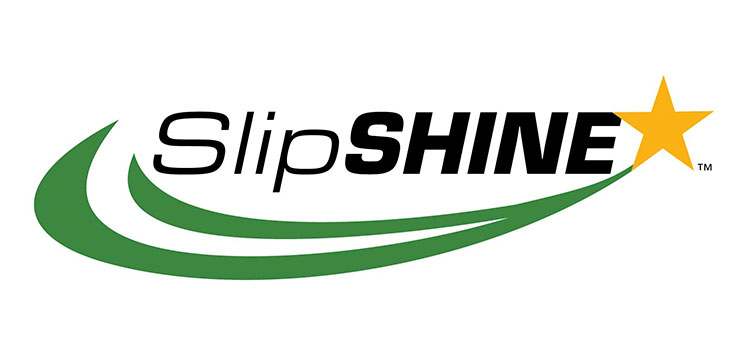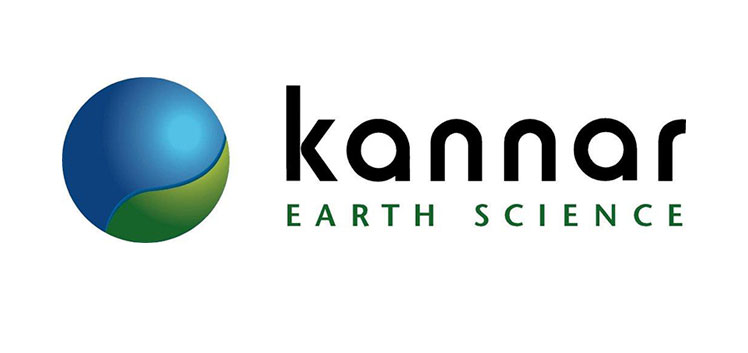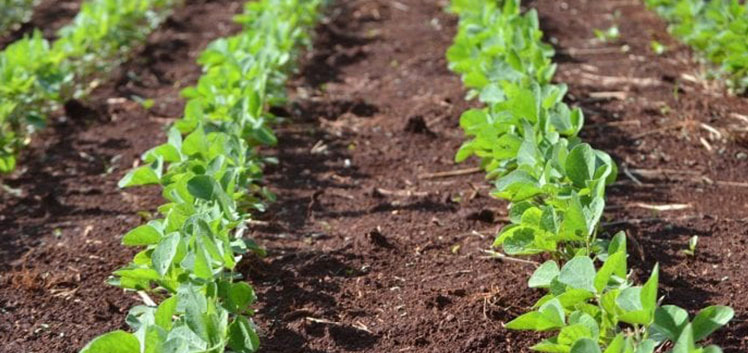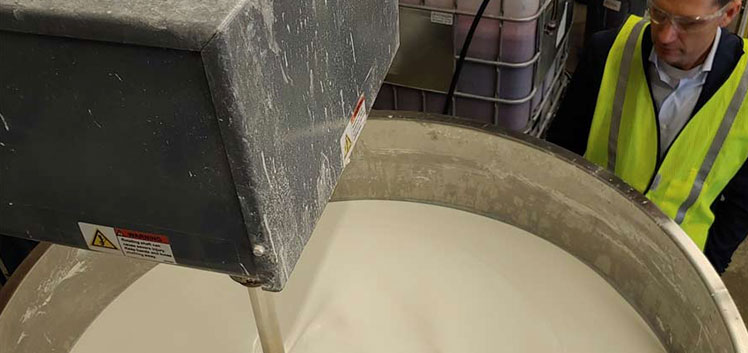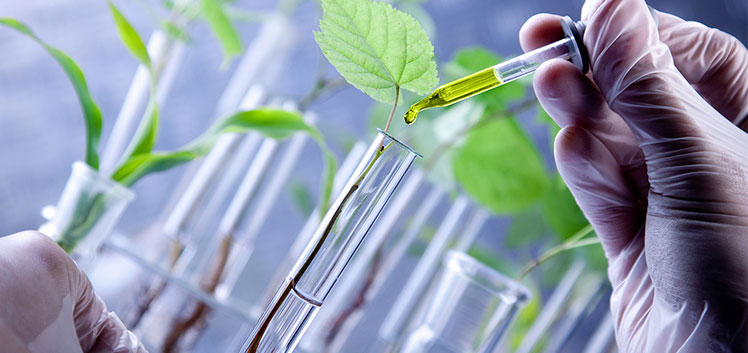
Seed companies seek peace of mind and confidence when switching from a high-performing hydrocarbon-derived seed treatment solution to a natural alternative. The challenge with natural alternatives is that nature does not always deliver products with the same high consistency achieved through chemistry. Kannar is thrilled to have found a solution. The new microplastic free seed finisher, SlipShine, is a success!
Urgently Needed Technology
Kannar listened to seed companies’ desires and developed a microplastic-free seed lubricity agent. It was important to get ahead of impending EU regulations banning the use of microplastics in seed treatment formulations. In 2020, Kannar Earth Science, Ltd. introduced SlipShine, a high-performing, dry seed finisher. Now any wet seed treatment is confidently applied dry, trouble-free.
Early in SlipShine’s development, Heather Lewis, Kannar’s seed lab lead, studied many natural, microplastic-free candidates to evaluate their performance when used in a dry product. Some essential requirements were to provide lubricity on the seed surface, reduce dust-off, and improve seed appearance and safety.
“We looked at how the ingredients come together by testing from many different angles,” Lewis says. “We wanted to make sure that the finished product performed well and that the elimination of microplastics would not come at the expense of something else. We always want to make sure the seed’s look is as enhancing as the technology itself. To accomplish all these different factors, we examined quite a few different possibilities.”
Meanwhile, in Kannar’s microbial lab, Justin Kwiatkowski evaluated the product’s compatibility with various seed-applied microbes. These could be gram-positive or gram-negative. Kannar’s agronomy team studied various products’ effects on crop establishment, germination safety, the impact on the rhizosphere, on the roots, etc.
The agronomic development of SlipShine was guided by one of Kannar’s core values: promote ideal agriculture. “Our decisions were made for us as we selected whatever was best for the environment, best for the growers, best for the workers, and best for our company,” Kwiatkowski explains. “We are always looking to grow, to make additions with biologicals or additional chemistries.”
First-Year Success
Kannar was pleasantly surprised with the seed industry’s initial adoption of SlipShine 6300 dry seed-finisher. As the world’s first microplastic-free, dry seed-applied technology, SlipShine promotes on-seed drying of seed treatments and increases seed integrity and handling speed. In the 2020-21 crop year, SlipShine was applied to about 50 million lbs. of peanut seed. It was also well-received by field crop seed companies globally.
Seed processors immediately noted stunning performance improvements concerning the speed of seed handling. “The seed just bags faster,” was the frequent feedback. Once SlipShine goes through its polymerization phase within the first minute after application, it creates a slick, eggshell-like coating on each seed. This shell promotes greater flowability and protects seeds against further mechanical damage during handling.
“Seed bridging in tenders, wet-treated seed not drying, and seed requiring growers to reduce planting speed because it is sticking to planter plates: these are real problems,” says Sam Cloete, Kannar CEO. “With SlipShine, we offer a solution that can be easily adopted without disruption of existing technologies. That is a real solution.”
One of Kannar’s core values is to keep the environment in mind while reaching its goals. Considerable work and research were devoted to developing ingredient ratios. Additionally, cost analyses from both the company’s perspective and also the perspective of its customers were considered. “We always want to make sure we don’t make the salad cost five times as much as the fries, so people still want to go for the fries,” Lewis says. “For example, we put our treated seed through different seed handling and planting apparatus to make sure that dust-off was not a problem. We made sure it would flow well through everybody’s equipment from start to finish. We looked at the product from quite a few different perspectives to develop a product optimal for use, performance, and appearance.
“We never want to look at something we brought to market and consider that it is the best it could be,” Cloete says. “Even if a product is something we really like, we continually wonder how it could be improved. “We never stop working to improve our products.”
Contact Kannar to learn which SlipShine product is right for your seed treatment needs.
Ready to start treating your seed with a microplastic free product? Click here!
———————————————————————————
Modified from article in SeedWorld Magazine, Apri 2021

